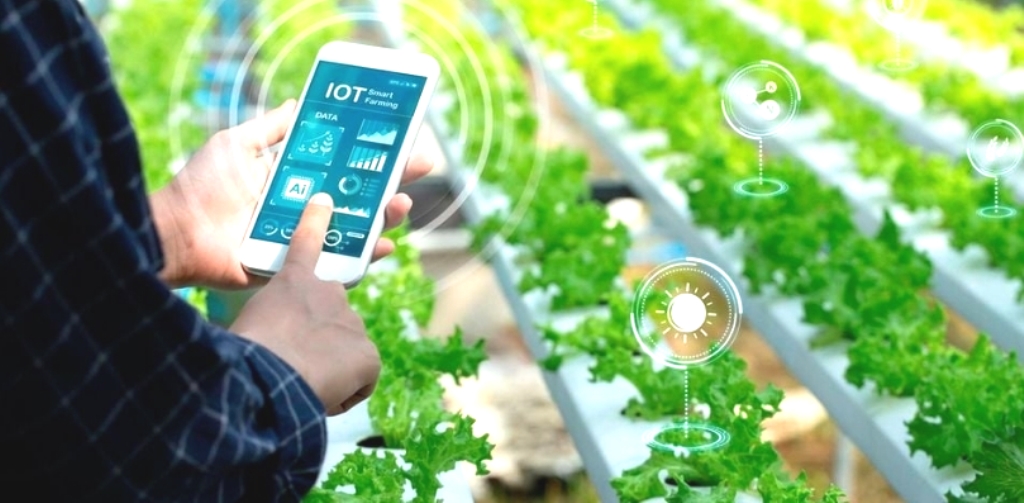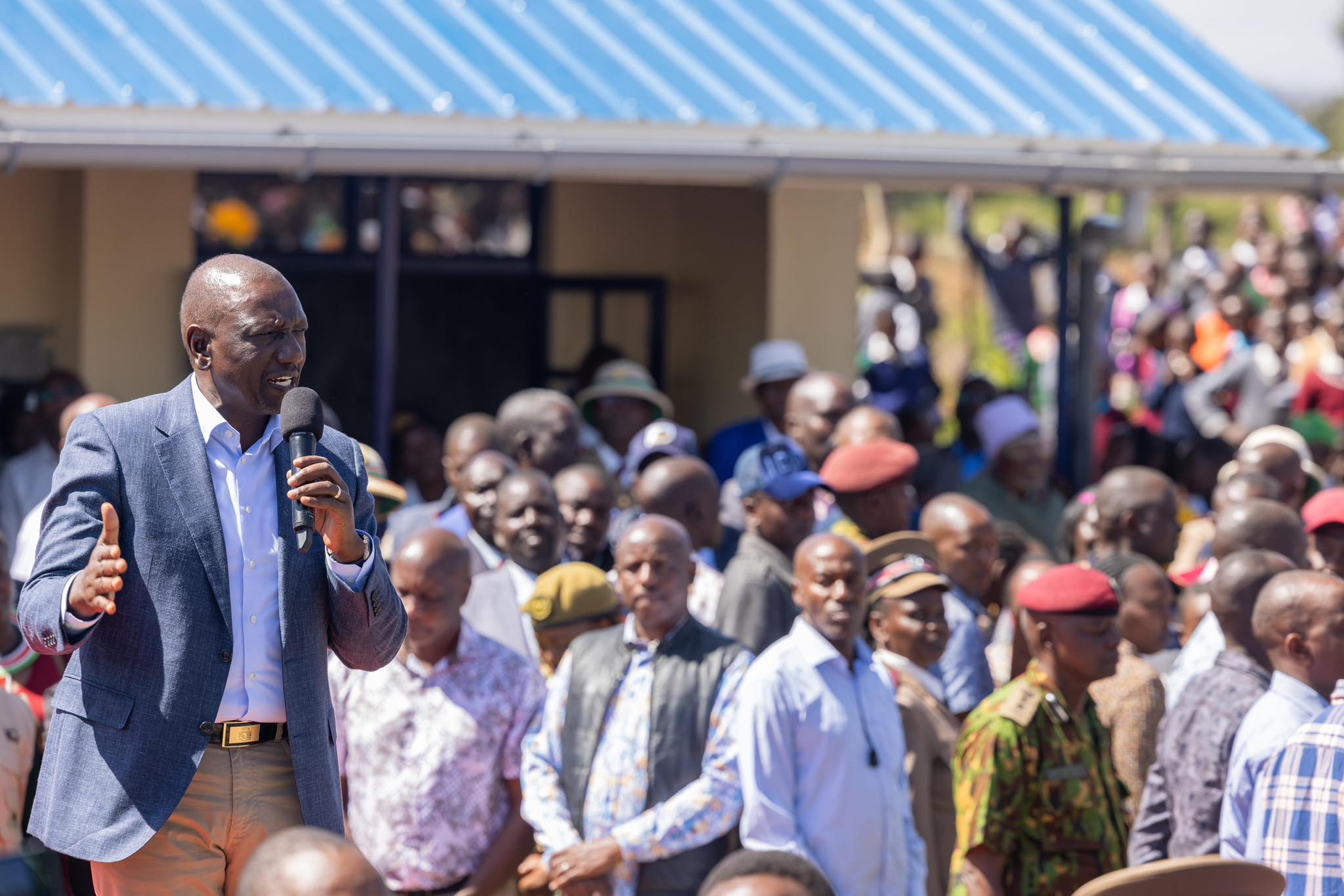The adoption of cutting-edge Artificial Intelligence (AI) technology in Kenya is primarily focused on the agricultural sector. This includes the integration of machine learning to provide local farmers with data-driven insights aimed at optimizing productivity, as indicated by a recent report.
According to the Global System for Communications Association (GSMA)’s ‘AI for Africa’ report, agriculture and food security represent 49 per cent of all AI implementations, followed by climate action at 26 per cent and energy use cases at 24 per cent.
According to the report released on Tuesday, most use case applications are categorized under predictive AI. GSMA attributes this to several factors, including the availability of historical datasets, ease of application, and lower computational demands compared to generative AI models.
“The Agritech sector is seeing most of the AI innovation in Kenya where agriculture continues to play a significant role in the economy. AI is already being used for agricultural advisory and for financial services with companies like Apollo Agriculture developing alternative credit assessment methods,” reads the report.
Microsoft’s AI for Good Lab has created a spatiotemporal machine learning model that aids in identifying malnutrition hotspots. This innovation facilitates timely interventions and targeted assistance, effectively reducing the impact of malnutrition on vulnerable populations.
In climate action, AI has played a significant role in biodiversity monitoring and wildlife protection, led primarily by major tech companies like the AI for Good Lab and non-profit organizations such as Rainforest Connection.
READ ALSO:
KDIC appeals court ruling regarding Ksh215 million premiums refund to Absa
GSMA has identified critical infrastructure gaps and frequent power outages as significant obstacles that deepen the digital divide, disproportionately impacting low-income groups, the less educated, and rural populations. They also highlight that AI could exacerbate existing socioeconomic inequalities.
Another significant obstacle to AI deployment and adoption, as noted in the report, is the high cost of hardware like Graphics Processing Units (GPUs) and cloud computing. This is particularly challenging for local entrepreneurs and researchers with limited financial resources.
GPUs and cloud computing systems provide the necessary storage capacity and computing power to process complex algorithms, analyze large datasets, and run advanced AI applications and models.
As per the report, the cost of a GPU in Kenya amounts to 75 per cent of the GDP per capita, making it 31 times pricier than in high-income countries.
“A significant skills gap also undermines the development of the AI ecosystem and use cases.”
“While universities offer AI-related courses, they often fail to keep pace with industry needs, and students have limited opportunities for practical learning and hand-on experiences,” the association writes.
“There is also a disproportionate focus on core AI skills, such as machine learning and data science, with less emphasis on building the multidisciplinary skill sets needed to leverage AI to address pressing socioeconomic challenges.”
Locally, the deep tech startup Fastagger is creating a software infrastructure enabling machine learning and AI models to operate directly on edge devices, even on lower-end smartphones.
By Frank Mugwe
Get More Stories from our Website Sacco Review Newspaper
For Comments and clarification, write to: saccoreview@shrendpublishers.co.ke
Kindly follow us via our social media pages on Facebook Sacco Review Newspaper for timely updates.



